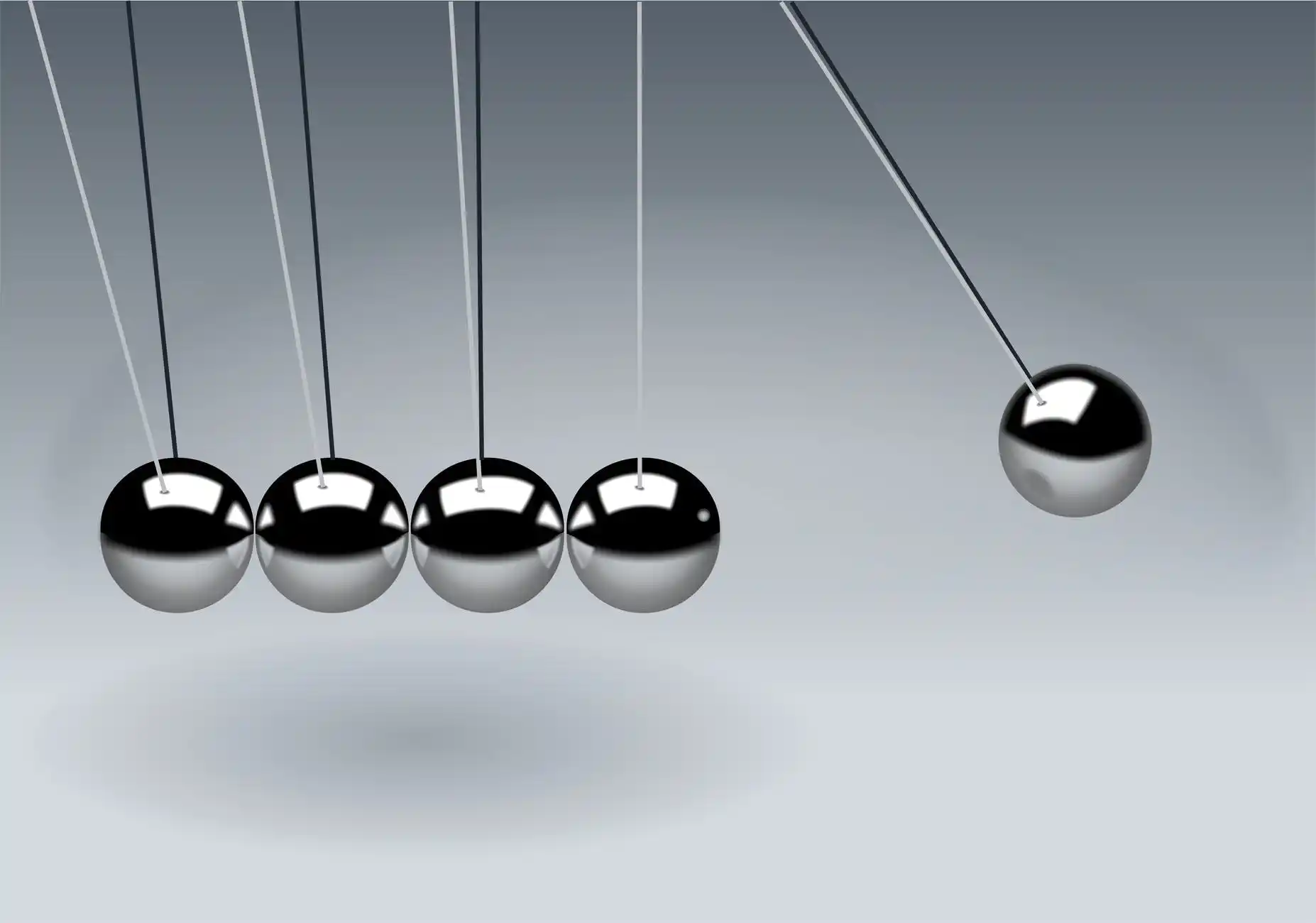When First Impressions Shape Everything
The Story of Two Leaders
Imagine two CEOs.
- CEO A is charismatic, well-spoken, and always dressed impeccably. Employees admire him before he even speaks.
- CEO B is quieter, less polished, and a little awkward in meetings. People assume he’s less capable.
Now, here’s the twist: CEO B consistently makes better business decisions, treats employees fairly, and drives long-term success. Yet, people still perceive CEO A as the “better leader” simply because he looks like one.
This is the Halo Effect in action.
Let Me Explain
The Halo Effect is when our overall impression of someone (or something) influences how we judge their other qualities.
- If someone is attractive, we assume they’re also smart.
- If a company has one great product, we believe everything they do is great.
- If a person speaks confidently, we think they must be competent.
It’s a cognitive bias—a shortcut our brains use to make judgments quickly, often inaccurately.
“We see what we believe, rather than believing what we see.” – Robert Cialdini
Let’s Deep Dive
1. Why First Impressions Matter
We form opinions within seconds of meeting someone. And once that impression is set, it’s hard to change.
This is why:
- Well-dressed candidates are seen as more qualified in job interviews.
- Politicians with deep voices and strong posture seem more “leader-like.”
- A brand with sleek design is perceived as high-quality, even if the product isn’t great.
Takeaway: The way you present yourself—your confidence, body language, and appearance—shapes how others perceive your abilities.
“People will judge you by your appearance before they judge you by your words.”
2. The Hidden Bias in Success
The Halo Effect influences who gets opportunities, promotions, and respect.
- We assume “successful” people are smarter or harder-working—ignoring privilege, timing, and luck.
- We idolize entrepreneurs who made billions but ignore the thousands who failed with the same strategies.
- We trust brands like Apple, assuming every product is revolutionary—even when some are mediocre.
Takeaway: Success isn’t always a sign of competence. Look deeper before making judgments.
“Don’t mistake confidence for competence.”
3. How to Use (or Avoid) the Halo Effect
The Halo Effect can work for or against you.
How to make it work for you:
- Be intentional with first impressions. Show up confidently, whether in meetings, pitches, or personal branding.
- Align perception with reality. If you want to be seen as an expert, share valuable insights and back them up with action.
- Leverage design. If you run a business, invest in branding—people judge quality by appearance.
How to avoid its trap:
- Question your biases. Are you impressed by substance or style?
- Look beyond the surface. Great leaders, ideas, and businesses aren’t always the flashiest.
- Don’t let one trait define everything. Just because someone is confident doesn’t mean they’re right.
“We are too quick to judge, too slow to reconsider.”
Bringing It Home
The Halo Effect shapes our decisions more than we realize. It makes us overvalue confidence, appearance, and reputation—sometimes at the cost of truth.
The real skill? Learning to see beyond the illusion.
Your Turn
Think of a time you were influenced by the Halo Effect. Did you assume someone was talented because they seemed impressive? Or doubt someone who lacked confidence?
Start questioning first impressions. Look deeper. Think critically.
Keep evolving.
– MJ Nyota




